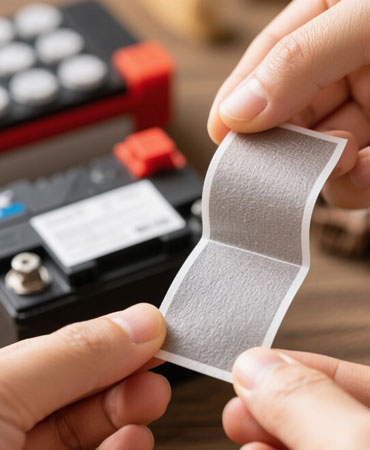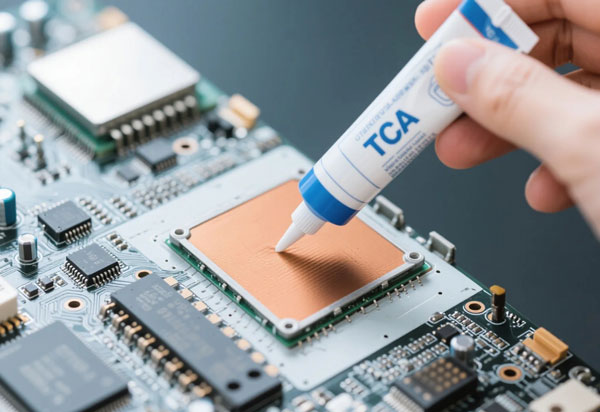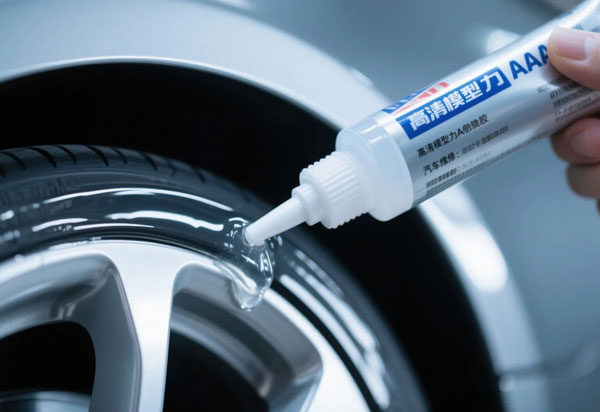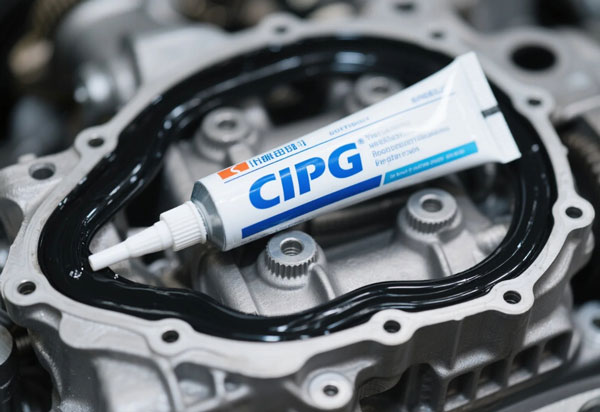 Home / News / Industry News / Heat-Resistant Structural Adhesives: Key Technology for Battery Safety
Home / News / Industry News / Heat-Resistant Structural Adhesives: Key Technology for Battery Safety 2025-11-25
With the rapid acceleration of electrification in automotive, energy storage, and consumer electronics sectors, battery safety has become one of the most critical engineering challenges worldwide. As battery energy density increases and charging speeds continue to rise, thermal risks such as thermal runaway, overheating, and flame propagation are drawing unprecedented industry attention. Among various engineering solutions, heat-resistant structural adhesives are emerging as a core material technology for enhancing battery module safety, optimizing structural stability, and improving long-term performance.
Today, structural adhesives are no longer just bonding agents—they have evolved into multifunctional engineering materials that combine heat resistance, mechanical strength, insulation, vibration damping, fire protection, and even lightweighting. Their role in next-generation battery pack design is becoming increasingly central.
Battery packs operate under complex and harsh conditions, including fluctuating temperatures, vibration, collision impact, moisture, and chemical exposure. As energy density increases, batteries generate more heat during both charging and discharging. In extreme cases, overheating can lead to thermal runaway, causing fire risk, structural deformation, or internal component failure.
Traditional metal fasteners, general adhesives, or sealants often fail to meet such demanding performance requirements because they:
Soften or degrade under high temperatures
Lose bonding strength during thermal cycling
Fail to isolate heat effectively
Crack under long-term vibration or shock
Increase battery pack weight and assembly complexity
Heat-resistant structural adhesives solve these pain points by offering excellent thermal stability and strong bonding performance at elevated temperatures, ensuring battery pack safety and reliability even in extreme environments.
High-quality structural adhesives can maintain their bonding strength even above 150–200°C, and some advanced formulations, such as epoxy-modified systems, can withstand up to 300°C short-term exposure. This makes them ideal for:
EV power battery packs
High-power battery modules
Energy storage systems exposed to external heat
Under such conditions, the adhesive helps maintain the integrity of the battery structure and prevent component separation or deformation.

As batteries overheat, each component must act as a barrier to heat spread. Heat-resistant adhesives provide:
Low thermal conductivity
Thermal insulation between cells
Flame retardant capabilities (UL94 V-0 / V-1)
Stabilization of cell spacing
These functions help slow down flame propagation and give more response time for safety systems to activate.
Battery packs face mechanical stress arising from road vibration, drops, or vehicle collisions. Structural adhesives offer:
High shear and tensile strength
Long-term fatigue resistance
Elasticity to absorb impact
Compared with screws or welding, adhesives help distribute mechanical loads evenly across surfaces, reducing structural stress concentration.
Traditional fastening (rivets, brackets, bolts) adds weight and complicates assembly. Structural adhesives:
Replace metal fasteners
Reduce part count
Support design flexibility
Enable bonding of dissimilar materials such as aluminum, composites, plastics
This contributes to lighter and more compact battery packs, improving energy efficiency and driving range.
Heat-resistant adhesives also provide:
Resistance to moisture and chemicals
Durability under thermal expansion and contraction
Long-term stability during thousands of charge/discharge cycles
This ensures the battery maintains performance even in extreme conditions such as high humidity, temperature cycling, or long-distance transportation.
Heat-resistant structural adhesives maintain cell spacing and improve thermal insulation. They reduce vibration damage and help contain thermal propagation.
Structural adhesives bond:
Cell arrays
Module frames
Cooling plates
Structural reinforcements
This ensures the module remains robust and stable even under thermal impact.
Battery packs require sealing protection against:
Water
Dust
Chemicals
Thermal cycling
Heat-resistant adhesives help reinforce metal/composite housings while providing long-lasting protection.
From thermal pads to cooling pipes, adhesives help manage heat dissipation systems by bonding components securely without mechanical intrusion.
Advanced adhesives incorporated with ceramic or mica fillers can serve as internal fire-retardant layers inside the pack.
Future battery systems (solid-state, fast-charging) will require adhesives capable of withstanding 250–350°C.
New formulations integrate ceramic micro-powders and nanomaterials to improve flame retardancy and heat insulation.
To support gigafactory efficiency, adhesives are becoming:
UV-curable
Low-temperature fast-curing
Compatible with automated dispensing
As battery packs increasingly adopt composites and aluminum alloys, adhesives must offer superior bonding to mixed substrates.
Low-VOC, non-toxic, and recyclable formulations are becoming global standards, especially for automotive OEMs.
As batteries evolve, structural adhesives provide several advantages over bolts, rivets, or welding:
| Function | Mechanical Fastening | Heat-Resistant Structural Adhesives |
|---|---|---|
| Weight | Heavy | Lightweight |
| Vibration resistance | Lower | Excellent |
| Heat resistance | Metal may conduct heat | Adhesive provides insulation |
| Stress distribution | Point loading | Even load distribution |
| Design flexibility | Limited | High |
| Bonding dissimilar materials | Difficult | Easy |
| Fire mitigation | Weak | Strong |
Therefore, adhesives are becoming essential for modern battery safety engineering, particularly in EV and energy storage systems.
When selecting adhesives, manufacturers should consider:
Ensure it meets the operating and emergency temperature needs of the battery pack.
Evaluate shear/tensile strength, peel resistance, and fatigue performance.
Prefer UL94 V-0/V-1 adhesives for safety-critical areas.
Aluminum, steel, plastics, composites—adhesives should bond all key materials.
Determine suitability for automated manufacturing lines.
Resistance to moisture, chemicals, vibration, and thermal cycling is essential.
Low VOC, RoHS, and REACH compliance are mandatory for global markets.
As global electrification accelerates, battery safety challenges are becoming more complex, especially with the rise of fast-charging and high-energy-density designs. Heat-resistant structural adhesives are increasingly recognized as a key solution to strengthen battery reliability, slow down thermal runaway, reduce component failure, and optimize structural integrity. With advantages such as high thermal stability, strong bonding, flame retardancy, and design flexibility, they are becoming a core material in next-generation battery pack engineering.
From electric vehicles to energy storage systems and consumer electronics, these adhesives are reshaping the way battery packs are designed and manufactured—playing a vital role in making energy systems safer, more durable, and more efficient than ever before



